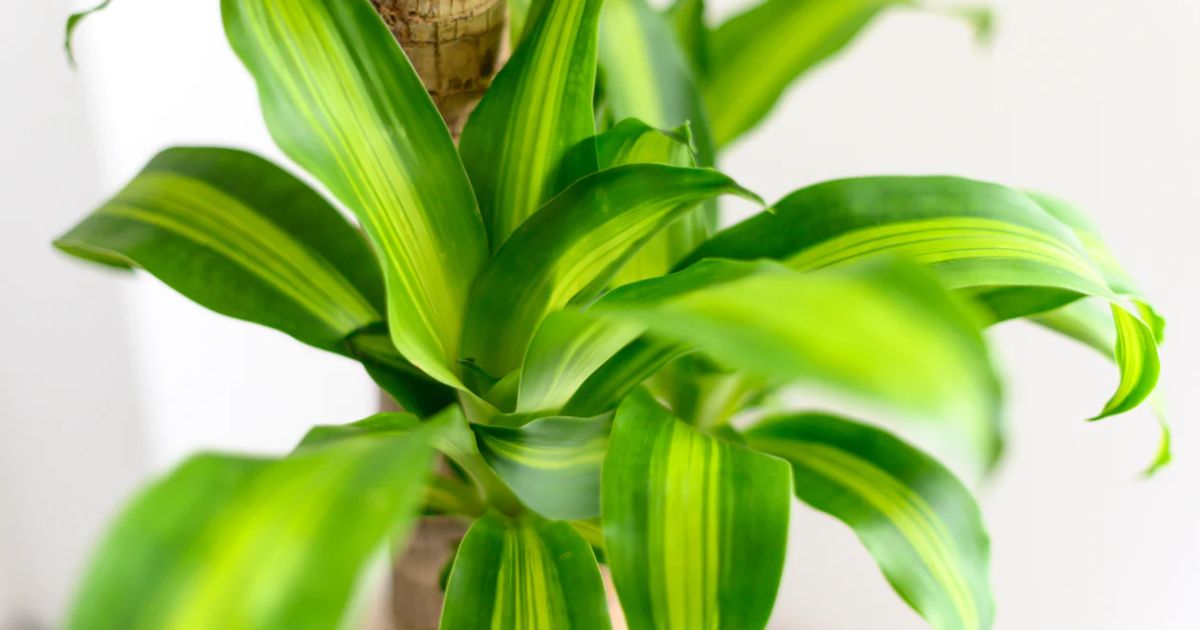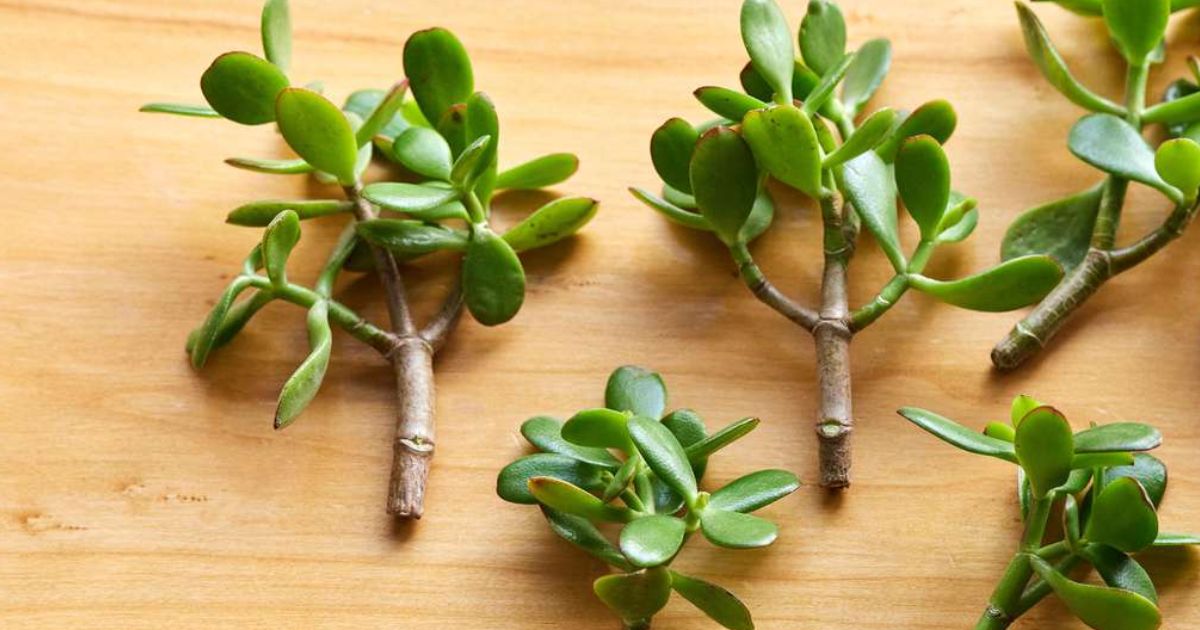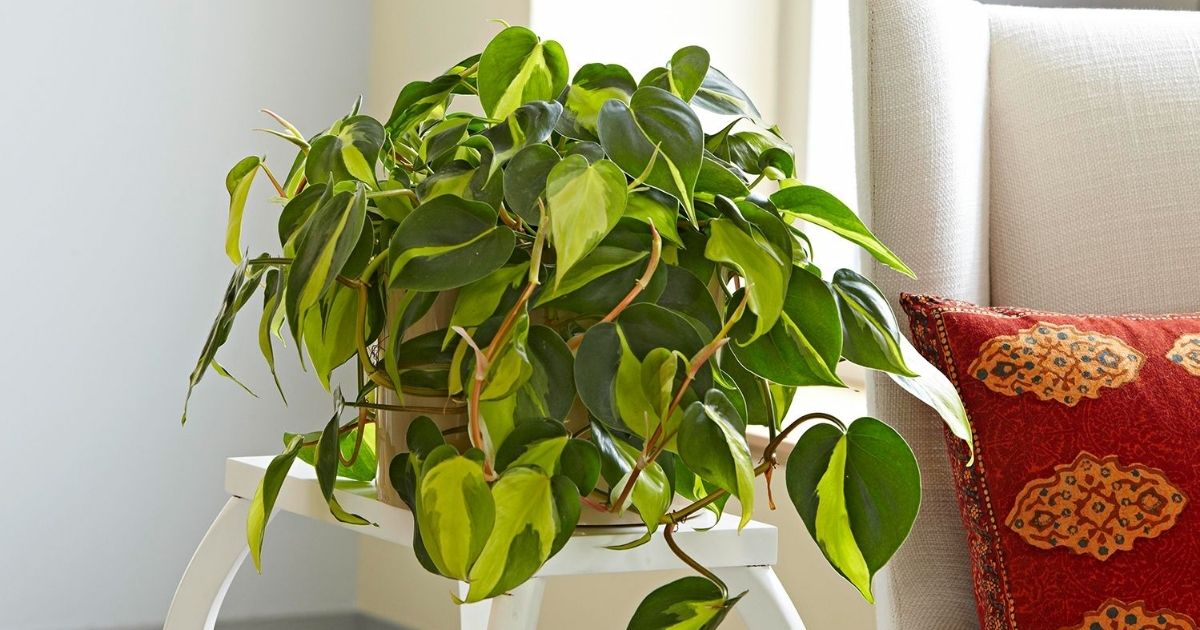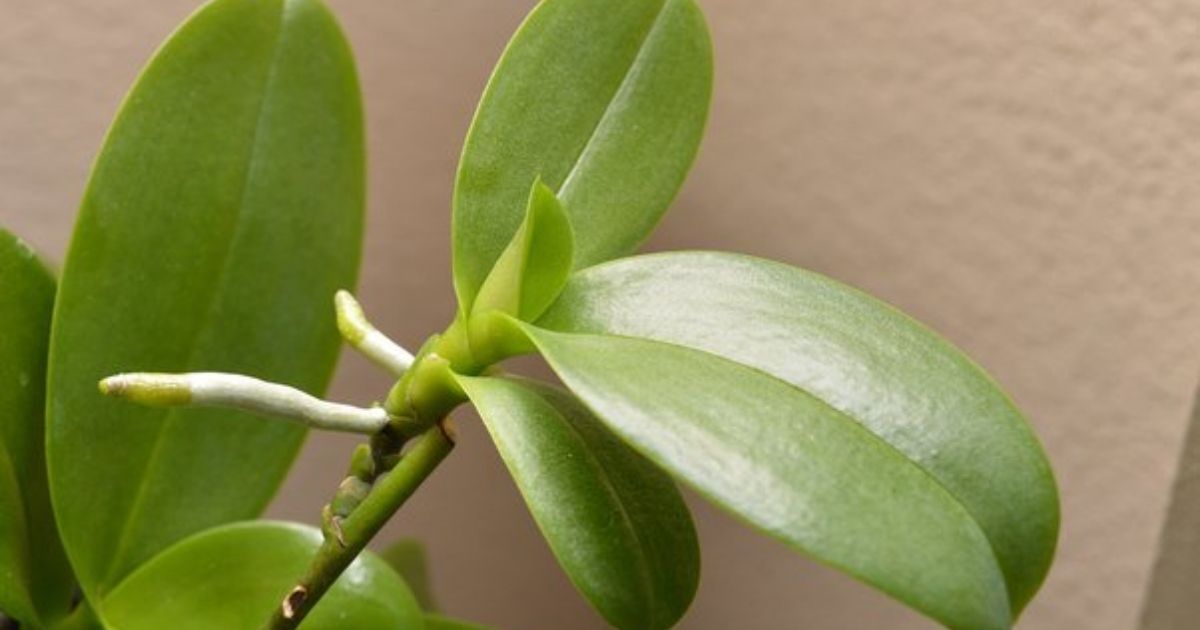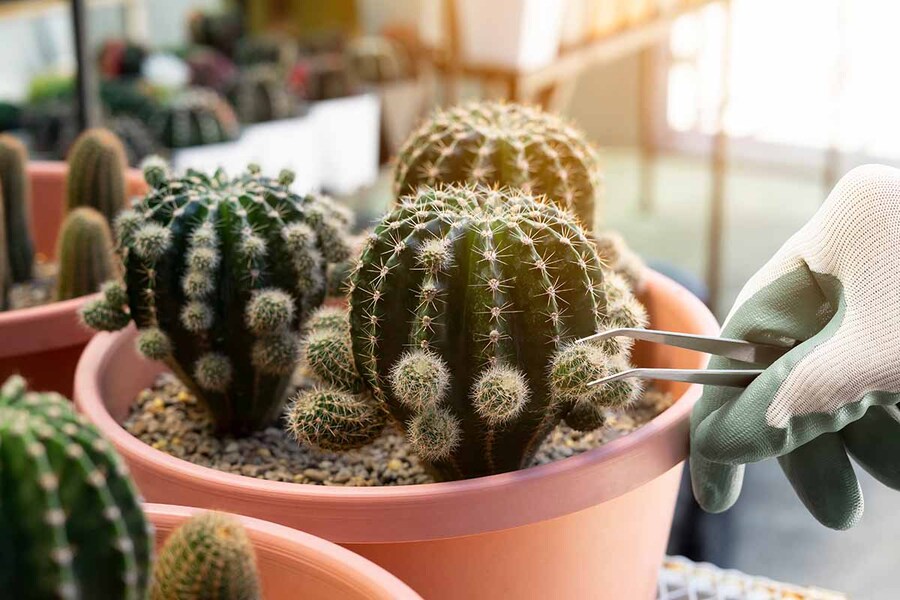Drip Irrigation System: Comprehensive Guide for Beginners
Do you find it tiring to water your plants manually every day? Or perhaps you're looking for a more efficient way to water your crops? Look no further than a drip irrigation system!
According to research from Bethany May Eldridge, hydroponic irrigation methods include drip irrigation systems, deep water culture, nutrient film technique, and flood and drain. A drip irrigation kit can save 50% of water compared to traditional ones.
Sounds interesting, right? Now, let us show you a comprehensive guide about this dripper watering system in this article.

Image via Home and Garden
What's Drip Irrigation?
Unlike deep water culture, drip irrigation must use a mechanical system attached to a water source to slowly disperse water throughout the garden, saving water.
4 main types of drip irrigation you should know are:
- Soaker hoses (or porous soaker lines)
- Drip tapes
- Emitter systems
- Micro-misting systems.
However, because irrigation drip is a hydroponics component, some people may ask about the differences between hydroponics and aeroponics. The image below will provide valuable insight into the differences between Aeroponics and other Hydroponic systems.
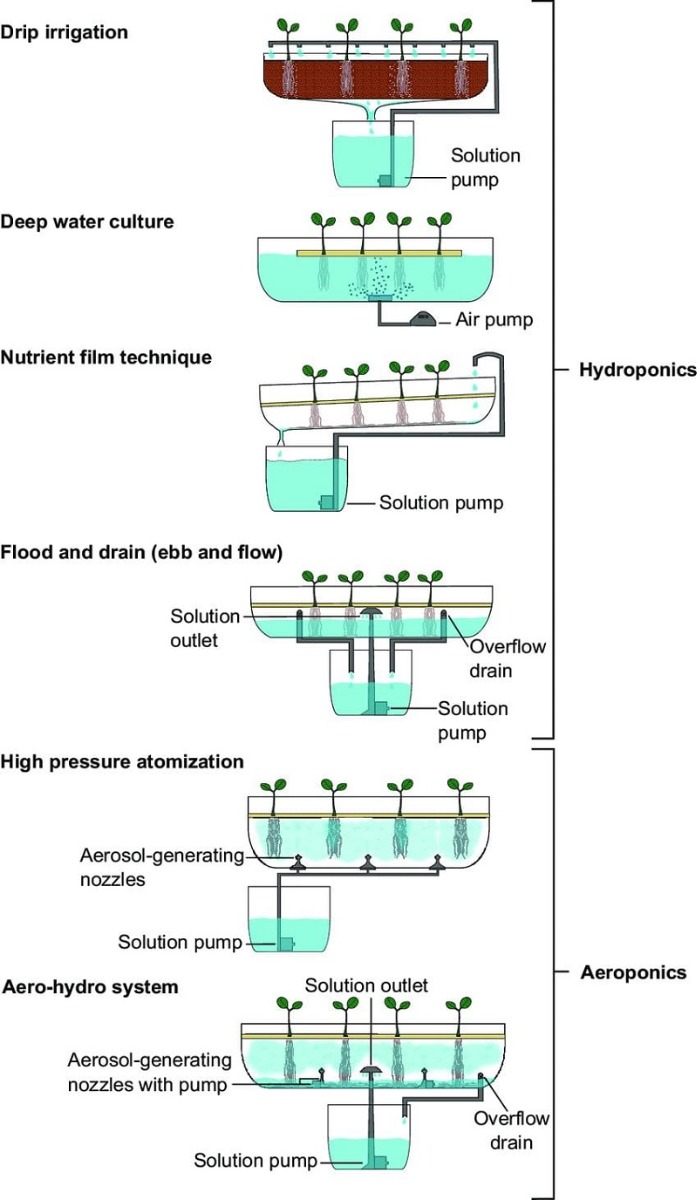
Image via Research Gate
Hydroponics grows plants in a water-based nutrient solution, with roots submerged in or exposed to this solution.
On the other hand, aeroponics grows plants in an air or mist environment, where roots are suspended in the air and periodically misted with nutrients. Therefore, aeroponics is a subset of hydroponic growing.
Benefits And Downsides Of A Drip Irrigation System
Like other types of hydroponic systems, drip irrigation systems also have pros and cons. Check the list below and consider it carefully before purchasing.
| Benefits | Downsides |
|
|
8 Drip Irrigation System Components
As a beginner, you may struggle to remember a drip line's components. But don’t worry. This is a common problem. Let us break down 8 components you should have before making a drip irrigation system.
Drip Irrigation Kit
Various kits containing all the necessary components for different irrigation applications are available. You can find kits for vegetable gardens, flower beds, container plants, and landscape plants like trees and shrubs.
Watch this video to learn what is included in the kit and how to set up: https://www.youtube.com/watch?v=RKJuDlXZRSc
Some of these drip irrigation kits even allow you to expand the system as your irrigation needs grow. Others offer repair parts or provide the ability to convert pop-up sprinklers into a dripper watering system.
Flexible Tubing
If you have ever come across a drip system, you would know that the mainline tubing is the most prominent feature.
Typically, the diameter of the mainline tubing is 1/2 inch. If you are growing plants that have higher watering requirements, you may need some larger sizes (3/4 inch or even bigger mainline tubing). However, finding a high-quality irrigation tube takes work, especially for beginners.
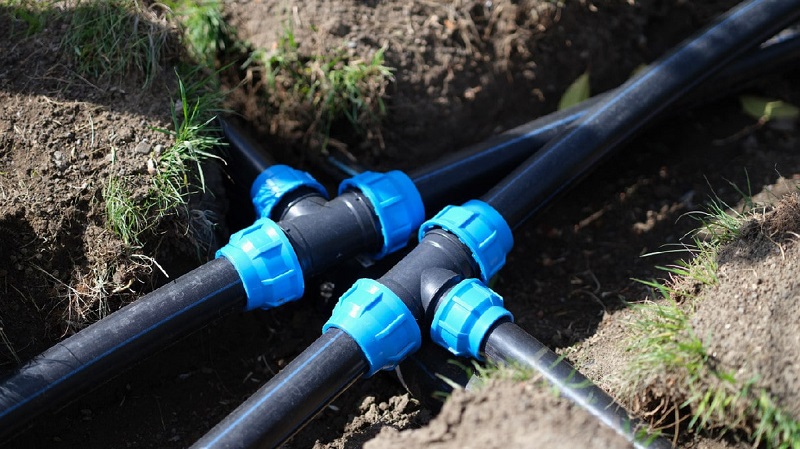
Image via Dripworks
Don't worry. We're here to help you. Benchmark provides a wide range of irrigation tubes to serve your demand. Our tubing is thicker than most, allowing tighter bends and reducing the chances of blockages significantly.
Stakes
Secure tubing and emitters with stakes to prevent clogging from soil, debris, or bugs. Some stakes have built-in emitters. This will prevent clogging caused by soil, debris, or bugs from disrupting the water flow.
Using stakes with built-in emitters can be particularly helpful, as they not only hold the tubing in place but also provide an additional layer of protection against clogs.
Timers
Because hydroponics grows plants in a water-based nutrient solution, overwatering will be the worst scenario. However, timers can prevent overwatering, minimize wasted water, and allow your system to function as an automatic watering system.
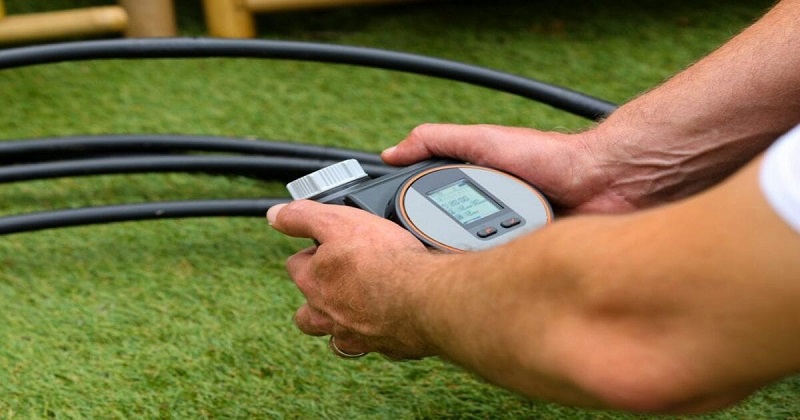
Image via Lumo.ag
Some can connect to home automation systems to control from a computer or smart device. Specific smart devices can even regulate watering schedules based on weather activity and provide reports on water usage, making them ideal smart home solutions.
Hole Punches, Cutters, and Plugs
Hole punches create insertion points in the tubing to connect emitters or smaller-diameter tubing. Cutters, on the other hand, make clean cuts in tubing of different sizes. Some cutters can also function as hole punches.
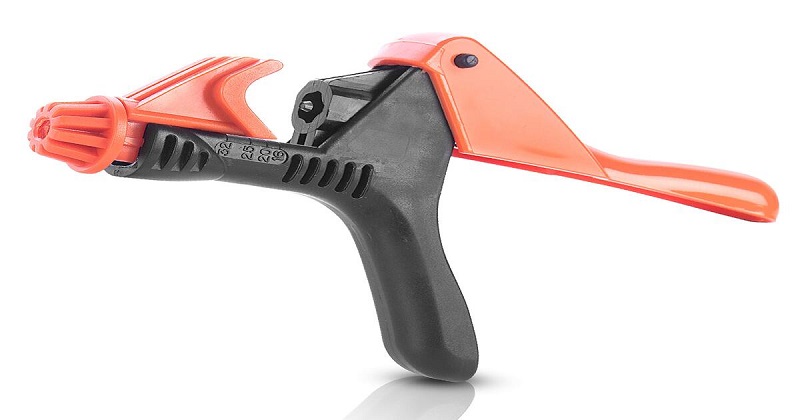
Image via Amazon
Plugs can securely stop them if you accidentally punch holes in the wrong place. Plugs are also helpful for moving emitters without replacing the tubing.
Emitters
Drip emitters are the best-known and most-used component of a drip system. There are many brands of emitters available in the market. Therefore, choosing a suitable one is confusing for many growers.
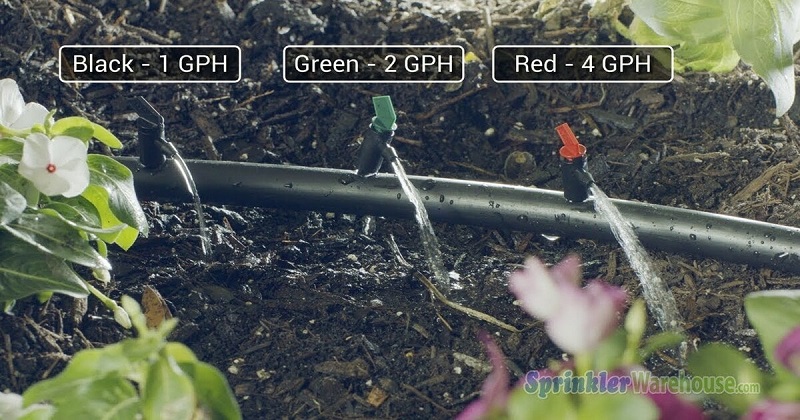
Image via Youtube
Just remember, there are 2 types of emitters you need to know:
- Non-pressure compensating emitters. With this type of emitter, it allows more flow as water pressure increases.
- Pressure-compensating emitters. These are great for achieving even water distribution when your drip irrigation system runs long distances. They work best when planting in long rows or on uneven or hilly terrain.
Determine The Flow Rate
Gallons per minute (GPM) is the metric for measuring flow rate. Let’s see 5 steps to determine the flow rate below:
- Using your outside spigot, fill a measurable container with water.
- Record the time it takes to serve to a measurable level. A gallon is the most effortless amount.
- Divide the filled container size (in gallons) by the time (in seconds) it takes.
- Multiply it by 60 seconds.
- The number you get is the flow rate in GPM. Multiply that number by 60 if you need to determine gallons per hour (GPH).
Note: If you're doing a DIY build and not buying a pre-made drip irrigation system, the 5 steps above can be necessary.
This is measured water flow rate for different types of irrigation pumps.
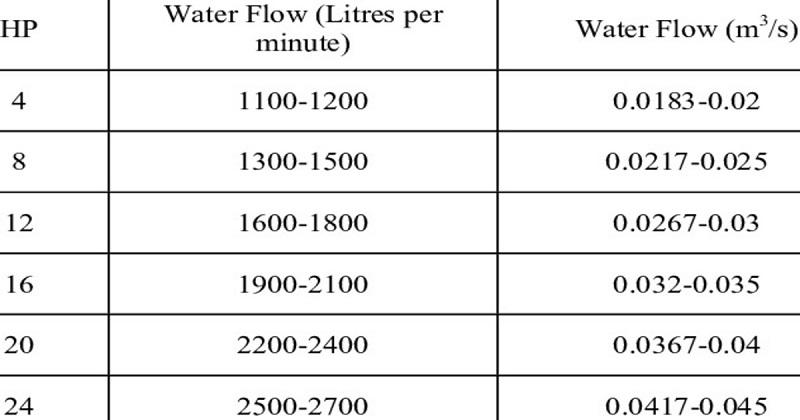
Image via Research Gate
You can see this example for a deeper understanding
- You have a 9-gallon bucket that takes 45 seconds to fill.
- Now, you will have an equation: 9÷ 45 = 0.2
- To calculate the flow rate, do the final equation: 0.2 x 60 = 12 GPM or 720 GPH
See more: nft hydroponics
How to Operate a Drip Irrigation System
For beginners, operating a DIY drip irrigation system can be daunting. That's why we've put together this guide to walk you through the following process.
- Follow the manufacturer's instructions when installing and using a drip irrigation system.
- Flush the lines to clear any debris after installing the system and before using it in the spring.
- Follow the manufacturer's instructions for draining and improving your system.
- While drip irrigation systems offer flexibility, a single system may only work for some of your plants. To accommodate plants with different watering needs, make separate zones.
See more: wick hydroponic system
Frequently Asked Questions
What Are the Requirements For Installing An Irrigation System In This Area?
To install successfully an irrigation system in this area, you need 4 main components:
- Irrigation halo
- Reservoir
- Pump
- Tubing
How Much Water Can I Expect The System To Use Each Month?
To plan for the changes, you should understand the system's impact on your water bill. Depending on your current watering method, you may even reduce water usage.
Drip irrigation is a highly efficient method for watering plants, especially for beginners. Because of its numerous benefits, it's no surprise that it's becoming more popular among gardeners worldwide.
We hope this comprehensive guide has helped introduce you to the world of drip irrigation. So, give it a try, and you'll see the difference in your garden in no time! Remember to share your experience with us in the comments below.
